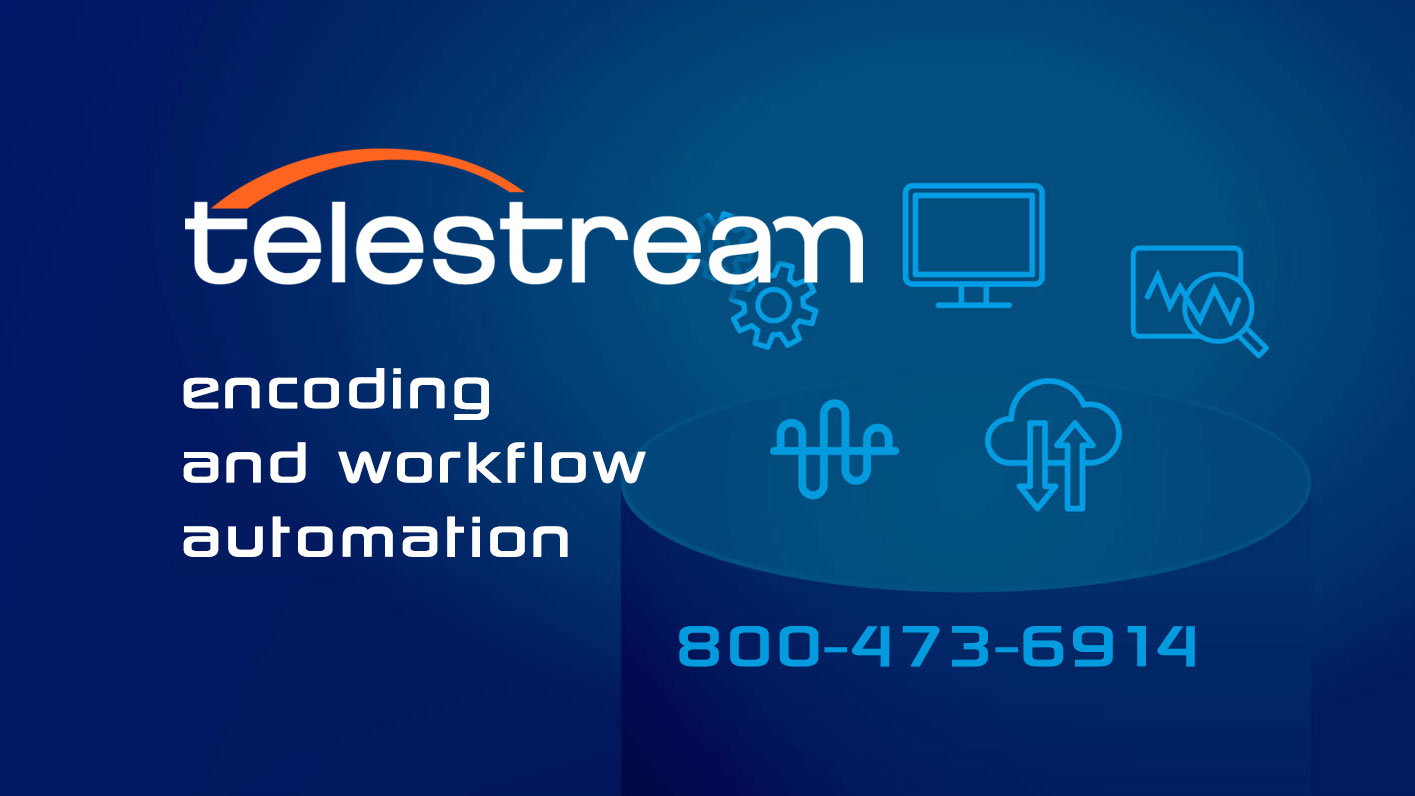What To Call 1,000 Terabytes? I recently listened to an episode of Science Friday on National Public Radio. The topic was “The Data Deluge” and featured discussion of how much data exists in the world today. Ira Flatow and...
MAMs, PAMs or DAMS – which one is right for you? As server virtualization and cloud functionality infuse the world of video post and broadcast, there are now hundreds of options to manage media. The most popular strategy preferred...
Capture, Transcode & Distribute: Free On-Demand Webinars Learn how to work faster, get better results and reduce your costs. EAR is sponsoring a free webinar specifically for content creation professionals and broadcasters. Specify a time that is best for...
Few projects have more challenges and rewards than recreating your workflow environment. Building a finely tuned system with the latest in technology and products can save operational time and dramatically increase the quality of your work. This article may...

